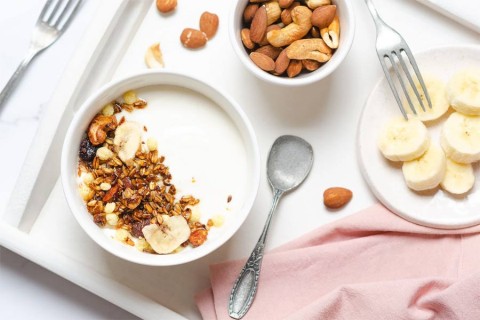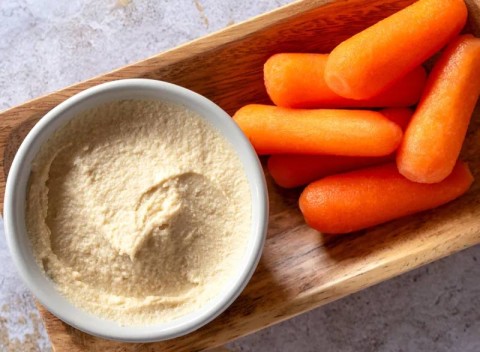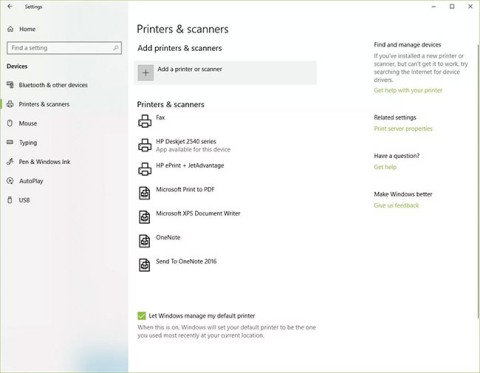The most commonly deficient nutrients in the diet

Diet is important to our health. Yet most of our meals are lacking in these six important nutrients.
What is the formula for calculating combinations and permutations? This article will guide you on how to calculate combinations and other related formulas.
Permutations and Combinations are the most basic concepts in mathematics that involve selecting items from a group or set.
Table of Contents
Given a set A with n elements and an integer k, (1 ≤ k ≤ n). Each subset of A with k elements is called a k-fold combination of n elements of A.
K-combination formula of n
Formula for the properties of a combination:
Examples of combinatorics
Example 1:
A group of 12 students. How many ways are there:
a) Choose 2 representatives for the group
b) Choose 2 people and assign the positions of team leader and deputy team leader.
c) Divide the group into 2 groups, in which the group leader and deputy group leader are in different groups.
Solution
a) Choose 2 friends from 12 friends who are combinations of 2 of 12: C122 = 66 ways.
b) Choose 2 people and assign them the position of combining 2 of 12: A122 = 132 ways.
c) Divide the group into 2 groups, each group has 6 members.
In which the team leader and deputy team leader are in different groups.
Choose 5 friends to be in the same group as the team leader from the remaining 10 friends: C105 = 252 ways.
Choose 5 people to be in the same group as the deputy leader from the remaining 5 people: C55 = 1 way.
So there are 252.1 = 252 ways.
Given a set A with n elements and an integer k, (1 ≤ k ≤ n). When we take k elements of A and arrange them in an order, we get a k-fold permutation of n elements of A (called an n-fold permutation of k of A).
The number of k-permutations of a set with n elements is:
Permutation formula:
For example:
From the digits 0 to 9. How many ways are there to form a natural number such that:
a) Number with 6 different digits
b) A number with 6 different digits and divisible by 10
c) Odd numbers have 6 different digits.
Solution
a) Make a number with 6 different digits
Choose the first digit from numbers 1 to 9: there are 9 ways to choose
The remaining digits are the 5th permutation of the remaining 9 numbers (other than the first digit) with A95
So there are 9A95 = 136080 numbers.
b) A number with 6 different digits and divisible by 10
Choose the unit digit: there is 1 way to choose the digit 0
Choose the remaining digits as the 5th permutation of the remaining 9 numbers (other than the digit 0) with A95
So there are A95 = 15120 numbers.
c) Let the number  be an odd number with 6 different digits made from digits 0 to 9.
be an odd number with 6 different digits made from digits 0 to 9.
Because  it is an odd number, f ∈{1; 3; 5; 7; 9}
it is an odd number, f ∈{1; 3; 5; 7; 9}
Choose f: there are 5 ways to choose
Choose a from the digits {1; 2; 3; 4; 5; 6; 7; 8; 9}\{f}: there are 8 ways to choose
Choose b, c, d, e as the 4-complex of the remaining 8 digits (other than f and a): we have A84
So there are 5.8A84 = 67200 numbers.
a) Definition:
- Given a set A of n elements (n ≥ 1).
Each result of an ordering of n elements of a set A is called a permutation of n elements.
- Note: The two permutations of n elements differ only in their arrangement order.
b) Number of permutations:
- The symbol Pn is the number of permutations of n elements.
Permutation formula:
Pn = n(n – 1)…2.1 = n!
Convention: 0! = 1; 1! = 1.
For example: Arrange 10 people, including 5 boys and 5 girls, on a bench. How many ways are there to arrange so that:
a) Sort any
b) The boys sit next to each other
c) Boys and girls sit alternately.
Solution
a) The number of ways to arrange 10 people on a bench is a permutation of 10: 10!
b) Arrange the boys to sit next to each other. We put 5 boys into a "bundle": there are 5! ways to arrange inside the "bundle"
Then arrange 5 girls together in a "bunch" on a bench. There are: 6! ways to arrange.
So there are 5! . 6! = 86400 ways to arrange the boys to sit next to each other.
c) Suppose 10 people are arranged on benches numbered from 1 to 10.
To alternate between boys and girls
+ Case 1: Boys sit in odd positions, girls sit in even positions
Number of ways to arrange the boys: 5!
Number of ways to arrange girls: 5!
Therefore there are 5! . 5! ways to arrange.
+ Case 2: Boys sit in even positions, girls sit in odd positions
Similar to the above case, we have 5! . 5! ways to arrange.
So there are 2 . 5! . 5! = 28800 ways to arrange.
Difference between permutation and combination
The difference between permutation and combination can be understood through the following table:
|
Permutation |
Combination |
|
In permutations, the order of arrangement is very important. For example, AB and BA are different combinations. |
In combination, the order of arrangement does not matter. For example, AB and BA are similar combinations. |
|
A permutation is used when it is necessary to sort or classify different types of matter. |
Combinations are used when you need to arrange the same type of things. |
|
Permutation of two things out of three given things a, b, c are ab, ba, bc, cb, ac, ca. |
A combination is a combination of two things from three given things. a, b, c are ab, bc, ca. |
You can visit the Education and Learning section of Quantrimang.com to learn more about other mathematical formulas.
Diet is important to our health. Yet most of our meals are lacking in these six important nutrients.
At first glance, AirPods look just like any other true wireless earbuds. But that all changed when a few little-known features were discovered.
In this article, we will guide you how to regain access to your hard drive when it fails. Let's follow along!
Dental floss is a common tool for cleaning teeth, however, not everyone knows how to use it properly. Below are instructions on how to use dental floss to clean teeth effectively.
Building muscle takes time and the right training, but its something anyone can do. Heres how to build muscle, according to experts.
In addition to regular exercise and not smoking, diet is one of the best ways to protect your heart. Here are the best diets for heart health.
The third trimester is often the most difficult time to sleep during pregnancy. Here are some ways to treat insomnia in the third trimester.
There are many ways to lose weight without changing anything in your diet. Here are some scientifically proven automatic weight loss or calorie-burning methods that anyone can use.
Apple has introduced iOS 26 – a major update with a brand new frosted glass design, smarter experiences, and improvements to familiar apps.
Yoga can provide many health benefits, including better sleep. Because yoga can be relaxing and restorative, its a great way to beat insomnia after a busy day.
The flower of the other shore is a unique flower, carrying many unique meanings. So what is the flower of the other shore, is the flower of the other shore real, what is the meaning and legend of the flower of the other shore?
Craving for snacks but afraid of gaining weight? Dont worry, lets explore together many types of weight loss snacks that are high in fiber, low in calories without making you try to starve yourself.
Prioritizing a consistent sleep schedule and evening routine can help improve the quality of your sleep. Heres what you need to know to stop tossing and turning at night.
Adding a printer to Windows 10 is simple, although the process for wired devices will be different than for wireless devices.
You want to have a beautiful, shiny, healthy nail quickly. The simple tips for beautiful nails below will be useful for you.













